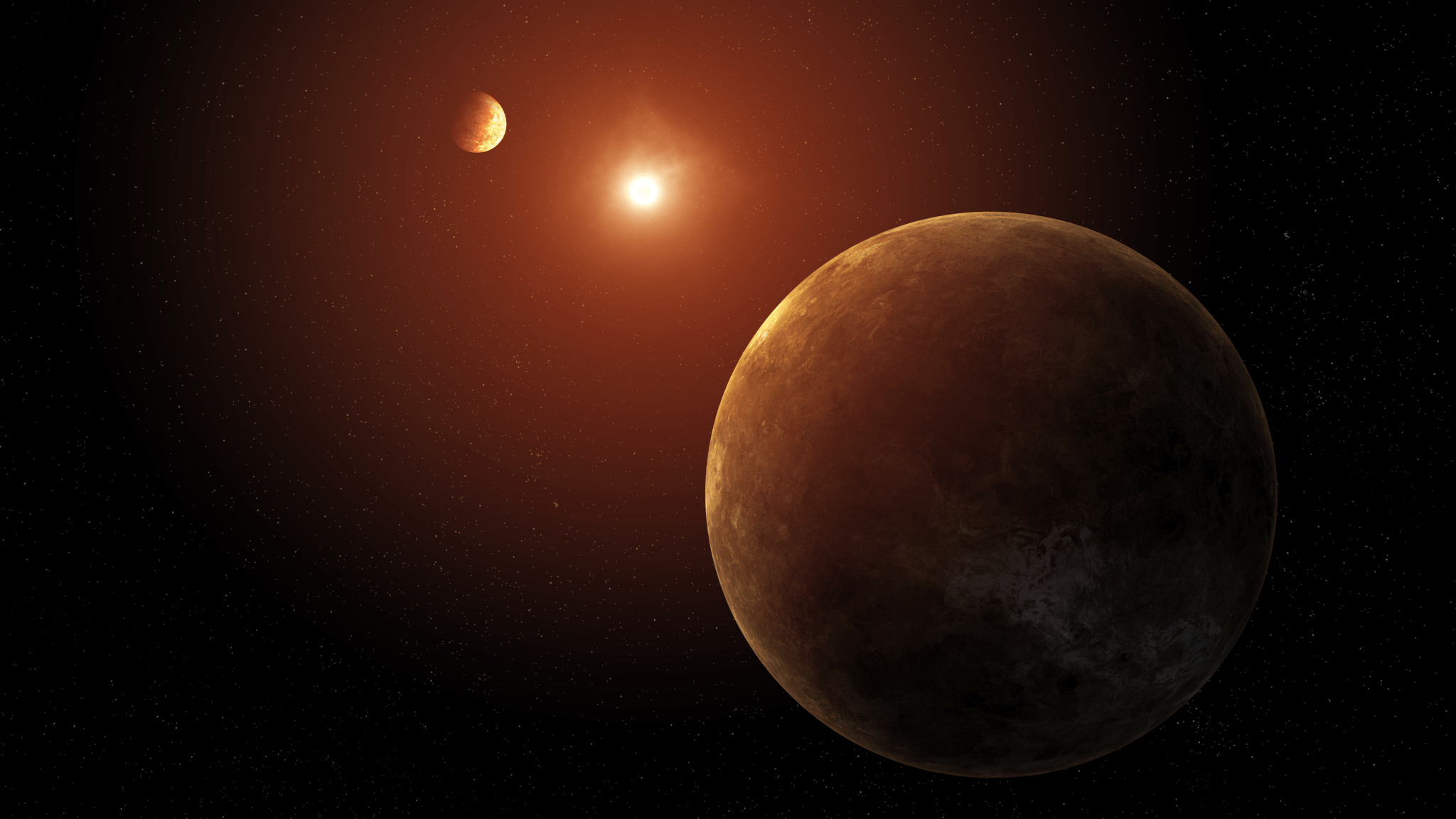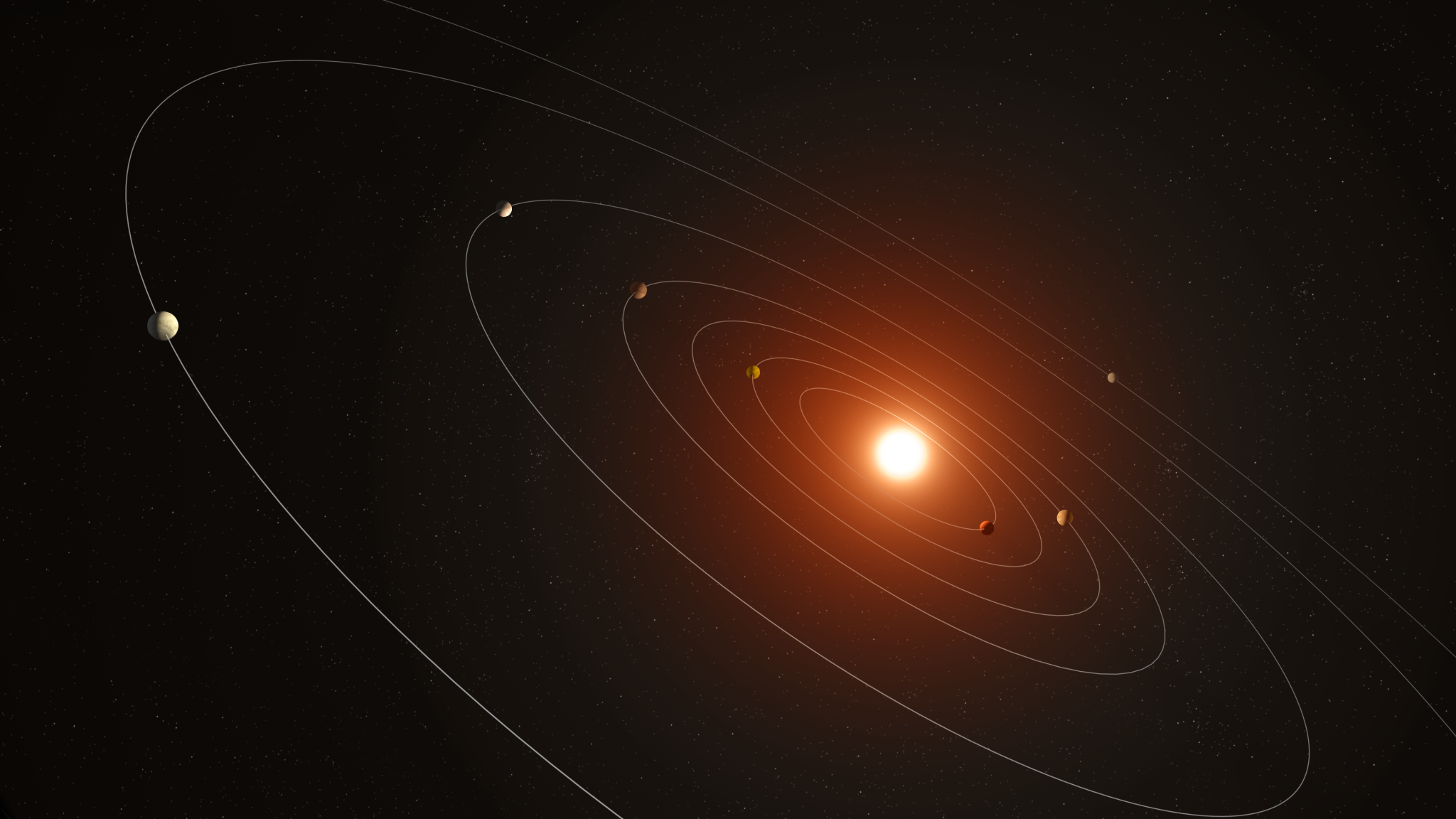A system of seven sweltering planets has been revealed by continued study of data from NASA’s retired Kepler space telescope: Each one is bathed in more radiant heat from their host star per area than any planet in our solar system. Also unlike any of our immediate neighbors, all seven planets in this system, named Kepler-385, are larger than Earth but smaller than Neptune. It is one of only a few planetary systems known to contain more than six verified planets or planet candidates. The Kepler-385 system is among the highlights of a new Kepler catalog that contains almost 4,400 planet candidates, including more than 700 multi-planet systems.
“We’ve assembled the most accurate list of Kepler planet candidates and their properties to date,” said Jack Lissauer, a research scientist at NASA’s Ames Research Center in California’s Silicon Valley and lead author on the paper presenting the new catalog. “NASA’s Kepler mission has discovered the majority of known exoplanets, and this new catalog will enable astronomers to learn more about their characteristics.”
At the center of the Kepler-385 system is a Sun-like star about 10% larger and 5% hotter than the Sun. The two inner planets, both slightly larger than Earth, are probably rocky and may have thin atmospheres. The other five planets are larger – each with a radius about twice the size of Earth’s – and expected to be enshrouded in thick atmospheres.
The ability to describe the properties of the Kepler-385 system in such detail is testament to the quality of this latest catalog of exoplanets. While the Kepler mission’s final catalogs focused on producing lists optimized to measure how common planets are around other stars, this study focuses on producing a comprehensive list that provides accurate information about each of the systems, making discoveries like Kepler-385 possible.
The new catalog uses improved measurements of stellar properties and calculates more accurately the path of each transiting planet across its host star. This combination illustrates that when a star hosts several transiting planets, they typically have more circular orbits than when a star hosts only one or two.
Kepler’s primary observations ceased in 2013 and were followed by the telescope’s extended mission, called K2, which continued until 2018. The data Kepler collected continues to reveal new discoveries about our galaxy. After the mission already showed us there are more planets than stars, this new study paints a more detailed picture of what each of those planets and their home systems look like, giving us a better view of the many worlds beyond our solar system.
The research article, “Updated Catalog of Kepler Planet Candidates: Focus on Accuracy and Orbital Periods” is forthcoming in The Journal of Planetary Science.
Learn more:
Listen to a sonification of the orbit data of the seven planets in the Kepler-385 system: https://www.youtube.com/watch?v=2BCiOTJjcQQ
For news media:
Members of the news media interested in covering this topic should reach out to the NASA Ames newsroom.



























